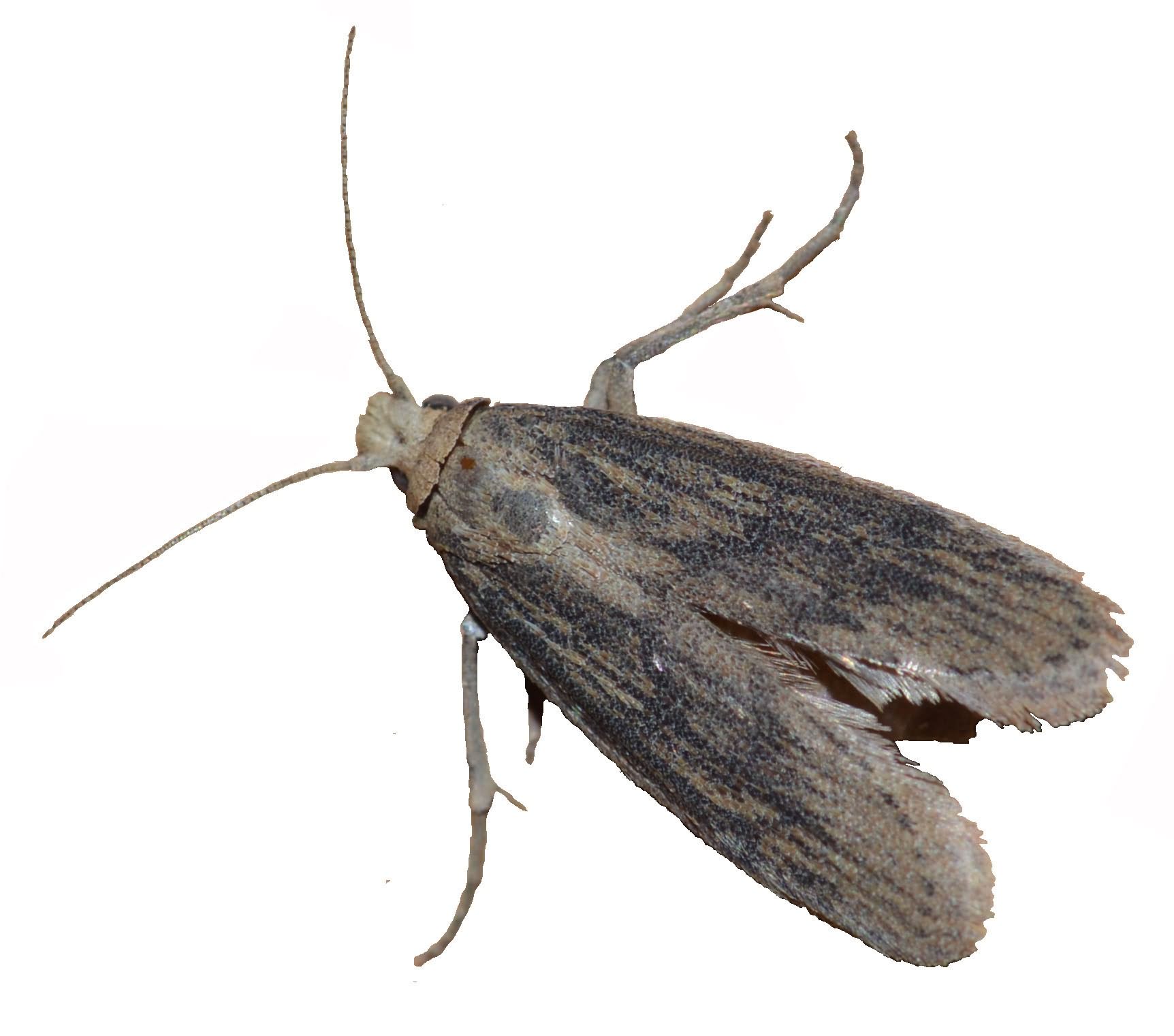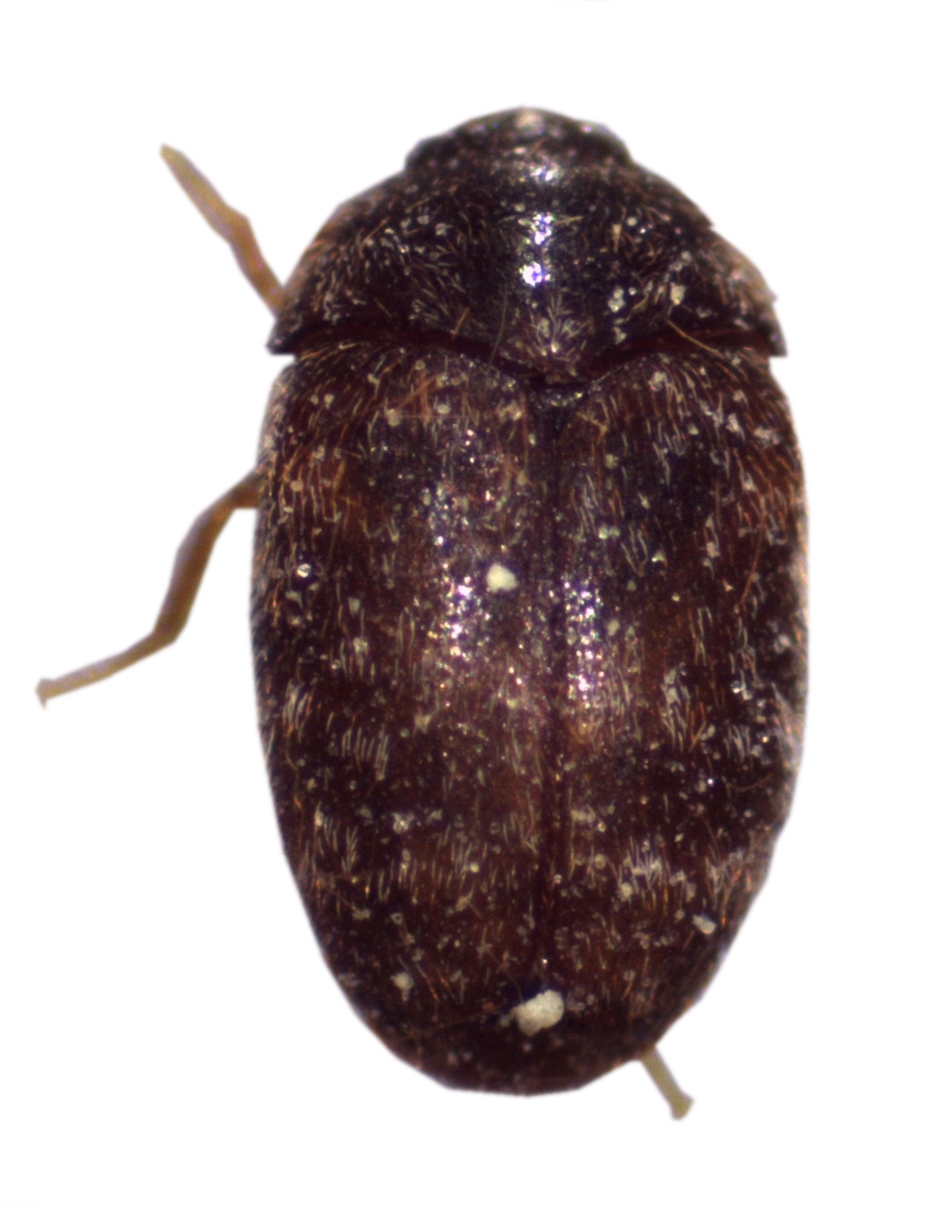सेमिओकेमिकल्स - अनाज भंडारण कीट प्रबंधन के लिए एक वैकल्पिक विधि
One third of world’s food grain is being lost during storage every year due to various biotic and abiotic factors. The biotic factors include attack of different pests like insects, fungi, bacteria, rodent’s etc.
Abiotic factors like high grain temperature and moisture, along with dockage, broken kernels and lack of regular monitoring provide conditions that accelerate mold and insect development. Among which more damage is due to insect pest attack.
In India, post-harvest losses caused by the unscientific storage, insects, rodents, micro-organisms etc., account for about 10 per cent of total food grains. Stored product pests are obligatory pests that can infest and damage a wide variety of food materials.
Different stored grain pests have their own different ways of feeding and damaging the grains ultimately leading to huge loss if not controlled timely and properly.
Effective control of stored-grain pests with minimal pesticide use requires an integrated pest management (IPM) approach combining different control tactics viz., physical control, biological control, biotechnological methods and chemical control. These methods should be harmonized in such a way that it should have a positive impact to human health as well as the environment.
With rising concern from consumers for pesticide residues free products, to reduce pesticide impact on the environment, rising cost of chemical control tactics and also development of resistance to insecticides in pests, the search for alternate ecofriendly and economically feasible tactics is underway.
With advancement in the studies on various approaches in IPM of storage pests it is considered that semiochemicals particularly pheromones, have good potential for the suppression of stored-product insects.
Semiochemicals in insect pest management
The term semiochemicals is derived from a Greek word “Semeion” which means mark or signal. Semiochemicals are mainly categorized into two broad groups:
(a) pheromones that mediate interactions between organisms of the same species and
(b) allelochemicals that mediate inter-specific interactions.
The behavior of storage insect pests is either facilitated by chemical signals that originate from the insects themselves or by other organisms including the host, upon which they feed. Generally these chemical signals are used for communication either within or between species with regard to search for food, sexual partners, egg-laying sites and protection from natural enemies and adverse environmental conditions (Cox and Collins, 2002).
These semiochemicals are used to manage storage pests by modifying or manipulating their behavior by long-range and short-range techniques according to the distances over which they act, either independently or in combination, although there is some overlap between them.
Long-range technique use volatile chemicals that act as insect attractants or repellents at some distance from the commodity to be protected. Short-range technique typically relies on non-volatile chemicals with stimulant or deterrent properties which only affect the insect when it reaches the commodity.
(a) Pheromones
The term "pheromone" is derived from the Greek words "pherein" (to carry) and "horman" (to excite/stimulate). Based on their effect, pheromones can be divided into at least four categories:
- Aggregation pheromones: compounds that increase the concentration of insects at the pheromone source. Generally produced by males in most insects.
- Alarm pheromones: compounds that stimulate insects' escape or defense behavior.
- Sex pheromones: compounds that help individuals of the opposite sex to find each other. Generally produced by females in most insects.
- Trail pheromones: compounds that help to mark the way to a food source in social insects or to mark the boundaries of a territory.
In general, pheromones are mostly used for monitoring and detection of stored pests. They provide an easy and efficient option to detect storage insects in godowns and mills, so managers can make management decisions efficiently based on the traps catches. For example, pheromone- baited traps used for monitoring of pyralid moths, cigarette beetles and Trogoderma spp.
During the recent years, synthetic pheromones are widely used for monitoring which is cost-effective with added advantage of biological effectiveness. Apart from monitoring and detection, pheromones are used for suppressing stored-product pest populations through mass trapping (‘attracticide’ or ‘lure-and-kill’ method). In order to reduce the pest population drastically, either a large majority of males are needed to be killed so that females remain unmated.
Males are attracted to a target where they succumb to a locally applied insecticide. Similar to this technique is mating disruption (confusion strategy) where a high proportion of males fail to mate with females by following false trails. Successful mating disruption technique has been demonstrated for pyralid storage moths under simulated storage experiments (Sower and Whitmer, 1977).
Among storage insects, female-produced sex pheromones are utilized by all moths and some beetles of the family Anobiidae, Bruchidae and Dermestidae. Whereas, male-produced aggregation pheromones are utilized by beetles of the family Bostrichidae, Cucujidae, Curculionidae and Tenebrionidae.
Among the Lepidopterans, for example, 6,10,14-Trimethylpentadecan-2-ol has been identified as female produced sex pheromone while, (Z,E)-3,7,11-Trimethyl-2,6,10-dodecatrienal and (E,E)-3,7,11-Trimethyl-2,6,10-dodecatrienal from males of Corcyra cephalonica (Fig.1). Similarly females of Cadra cautella (Fig.2) produced (Z,E)-9,12-Tetradecadienyl acetate.
The sex pheromone for the drugstore beetle, Stegobium paniceum, known as ‘stegobinone’, widely used commercially for the management of museum and herbarium collections. Coincidentally, wood-boring females of furniture beetle, Anobium punctatum, also produce stegobinone as a sex pheromone (White and Birch, 1987).
Hence commercialization of stegobinone lures could manage both the species effectively. Likewise, male-produced aggregation pheromones (Dominicalure 1 (D1) and Dominicalure 2 (D2) might be useful to check the infestation of lesser grain borers, Rhyzopertha dominica (Williams et al., 1981). Surprisingly, mixture of wheat germ oil and Trogoderma sex pheromone gives better detection in comparison to sex pheromone only.
|
Figure 1. Corcyra cephalonica adult |
Figure 2. Cadra cautella adult |
|
Figure 3. Stegobium paniceum adult |
Figure 4. Trogoderma granarium adult |
Table 1. Commercial availability of pheromones for management of stored-product insects in India
|
Species |
Commercial availability |
| Cadra cautella | √ |
| Callosobruchus chinensis | √ |
| Ephestia kuehniella | √ |
| Lasioderma serricorne | √ |
| Plodia interpunctella | √ |
| Sitotroga cerealella | √ |
| Tribolium castaneum and Tribolium confusum | √ |
| Rhyzopertha dominica | √ |
| Trogoderma granarium | √ |
| Sitophilus oryzae | × |
| Oryzaephilus surinamensis | × |
| Corcyra cephalonica | × |
b) Allelochemicals
The chemicals involved in inter-specific communication are termed as alleleochemicals, they are further categorized into kairomones, allomones and synomones. To improve the efficacy of biocontrol agents against stored grain pest, inter-specific chemical particularly kairomones and synomones are used.
Kairomones are the chemicals that benefit the receiver, mostly for the predators and parasitoids to locate their prey and hosts, respectively. Likewise, synomones are the chemicals that benefit both the producer (host plant) and the receiver (natural enemy) to locate their host or prey. Such kind of management strategy is extensively used to manage the pest in field conditions i.e. in pre-harvest systems.
Mass production of parasitoids on secondary host in laboratory sometimes reduces their efficacy because upon emergence parasitoids fail to learn host cues in the field. In this situation use of kairomones or synomones proves beneficial and facilitates host finding.
Same approach can be used in storage facilities that may enhance the searching and host-finding activities of released parasitoids. For eg. Kairomones for pyralid moths parasitoids, Venturia canescens Gravenhorst (Hymenoptera: Ichneumonidae) and Bracon hebetor Say (Hymenoptera: Braconidae) are present in host larval secretions and extract of host larval mandibular glands (Corbet, 1971; Strand et al., 1989). These kairomones could be used for enhancing efficacy of these natural enemies.
Conclusion
From the IPM prospective, use of pheromones and allelochemicals is one of the most promising techniques to control insect pests. Pheromone traps play a vital role to detect the presence and density of insect pests in storage godowns. The use of pheromone-baited traps to monitor insect populations offers several advantages over inspections and fumigation with synthetic insecticides. But the success of pheromone mainly depends on the desirable time period for slow release without chemical degradation or change. Similarly, trap designs are also of paramount importance in order to catch the insect pest based on their behavioral ecology.
References:
- Corbet, S.A., 1971. Mandibular gland secretion of larvae of the flour moth, Anagasta kuehniella, contains an epideictic pheromone and elicits oviposition movements in a hymenopteran parasite. Nature, 232: 481–484.
- Cox, P.D. and Collins, L.E. 2002. Factors affecting the behaviour of beetle pests in stored grain, with particular reference to the development of lures. Journal of Stored Products Research, 38: 95–115.
- Nordlund, D.A. and Lewis, W.J. 1976. Terminology of chemical releasing stimuli in intraspecific and interspecific interactions. Journal of Chemical Ecology, 2: 211–220.
- Sower, L.L. and Whitmer, G.P. 1977. Population growth and mating success of Indian meal moths and almond moths in the presence of synthetic sex pheromone. Environmental Entomology, 6: 17–20.
- Strand, M.R., Williams, H.J., Vinson, S.B. and Mudd, A. 1989. Kairomonal activities of 2-acylcyclohexane-1,3 diones produced by Ephestia kuehniella in eliciting searching behaviour by the parasitoid Bracon hebetor. Journal of Chemical Ecology, 15: 1491–1500.
- White, P.R. and Birch, M.C. 1987. Female sex pheromone of the common furniture beetle Anobium punctatus (Coleoptera: Anobiidae): extraction, identification, and bioassays. Journal of Chemical Ecology, 13: 1695-1706.
- Williams, H.J., Silverstein, R.M., Burkholder, W.E. and Khorramshahi, A. 1981. Dominicalure 1 and 2: components of the aggregation pheromone from the male lesser grain borer Rhyzopertha dominica. Journal of Chemical Ecology, 7: 759–781.
Authors:
Suresh M. Nebapure, P.S. Soumia, G. Guru Pirasanna Pandi*, D. Sagar, P.R. Shashank and Suresh Dharavath
Scientists, Division of Entomology, Indian Agricultural Research Institute, New Delhi-12
Email:




